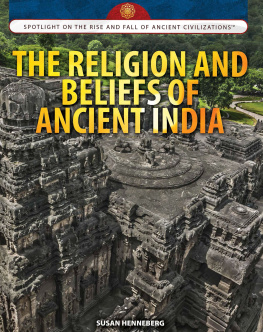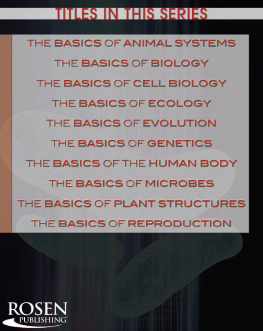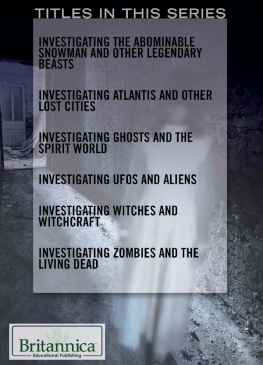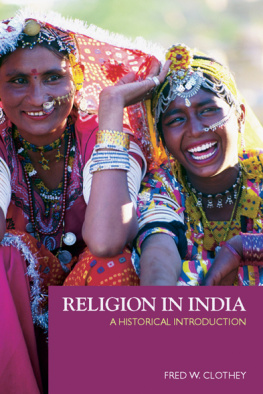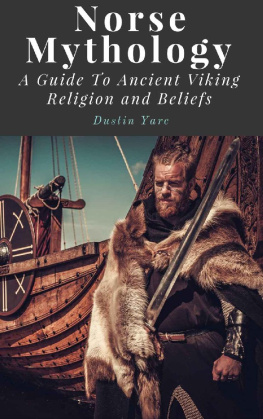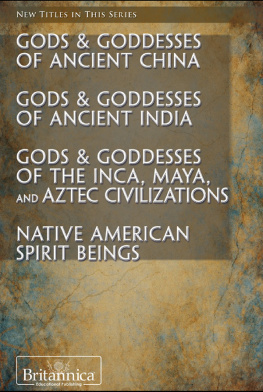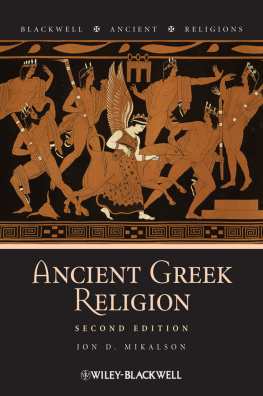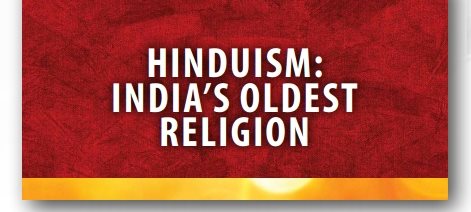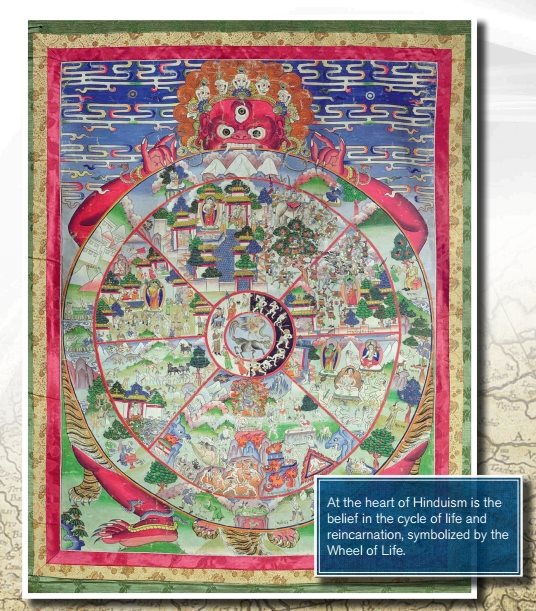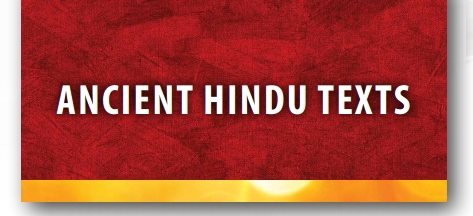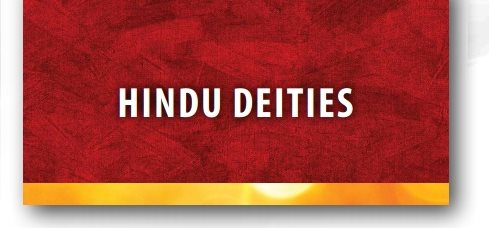Published in 2017 by The Rosen Publishing Group, Inc.
29 East 21st Street, New York, NY 10010
Copyright 2017 by The Rosen Publishing Group, Inc.
First Edition
All rights reserved. No part of this book may be reproduced in any form without permission in writing from the publisher, except by a reviewer.
Library of Congress Cataloging-in-Publication Data
Names: Henneberg, Susan, author.
Title: The religion and beliefs of ancient India / Susan Henneberg.
Description: First Edition. | New York : Rosen Publishing, 2017. | Series:
Spotlight on the rise and fall of ancient civilizations | Includes bibliographical references and index.
Identifiers: LCCN 2015050276| ISBN 9781477789407 (library bound) | ISBN 9781477789384 (pbk.) | ISBN 9781477789391 (6-pack)
Subjects: LCSH: IndiaReligionJuvenile literature. | India-Religious life and customsJuvenile literature.
Classification: LCC BL2001.3 .H46 2016 | DDC 294.0934dc23 LC record available at http://lccn.loc.gov/2015050276
Manufactured in the United States of America
T he Mauryan and Gupta Empires in ancient India lasted from 322 BCE to 540 CE. This period saw the flowering of three important religions. The Hindu religion had evolved a thousand years earlier. Buddhism and Jainism arose only a few hundred years before the first Mauryan ruler.
Hinduism, Buddhism, and Jainism have many beliefs in common with one another. Followers of these religions all believe in reincarnation. They believe that when they die, they will return to life as some other person or animal. They believe in karma, the good or bad acts in their lives that determine in what form they will return. After many cycles of birth and rebirth, they might achieve release from the cycle, which is moksha.
The people of these empires used their religious beliefs as guides to how to live their lives. Followers of all three religions believe in ahimsa, which means nonviolence and respect for all living things.

Sculpted figures of various gods decorate temples of the three main religions of Ancient India: Hinduism, Buddhism, and Jainism.
H induism is a collection of beliefs and practices that evolved over three thousand years ago. It is the world's oldest religion. Travelers to India gave the word "Hindu" to those who lived in the Indus Valley.
The philosophies and beliefs of Hinduism were passed down orally by members of the Brahmin, or priest class. Called the Vedas, which means "knowledge," the beliefs were written down in Sanskrit, the language of the region.
These texts include directions about holy rituals. They tell stories about the deities. They teach lessons and explain the important values of Hinduism. They stress that Hinduism is a way of life.
The Upanishads are the last sections of the Vedas. In these texts, religious teachers called gurus teach students about the great god Brahma, the Wheel of Life, and how to achieve moksha. When followers are released from the cycle of birth, death, and rebirth, they become one with Brahman.
T he beliefs and values of Hinduism are embedded in the great epic stories of the gods. One of these is the Ramayana, written in verse by the poet Valmiki. It tells the story of Rama, the seventh avatar, or human form, of the god Vishnu.
Rama marries the pure and faithful Sita. She is abducted by Ravana, a demon with ten heads and twenty arms. With the help of Hanuman, the leader of the monkey army, Rama and Sita's brother Lakshmana successfully battle to win her back.
The Mahabharata, composed between 400 BCE and 200 CE, is the longest epic poem in history. It is a collection of myths, legends, and teachings. The central story is of two royal families who fight each other to see who should be the rightful ruler of the country.
The most popular section of the epic is the Bhagavad Gita, which explains the paths to achieve moksha.
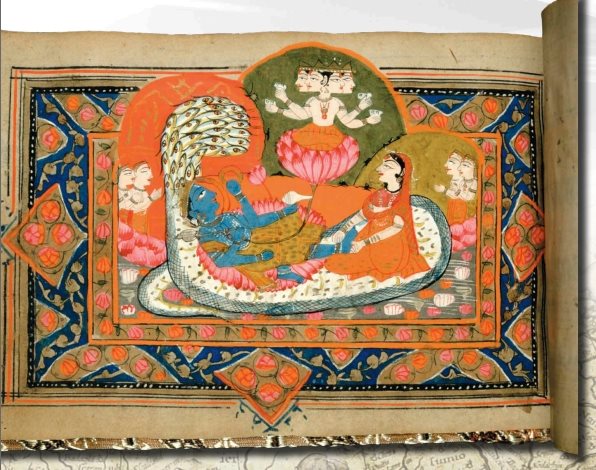
The Bhagavad Gita is a dialogue between Krishna and Prince Arjuna. The widely revered deity Krishna is often shown with blue skin and wearing a yellow loincloth, relaxing with his consort Radha.
T he earliest of Hindu sacred writings establish Brahman, the one supreme spirit. Brahman is the source of all existence. Brahman is everywhere and in everything.
Also part of Brahman are the three main gods: Brahma, Vishnu, and Shiva. Together they form a Hindu Trinity.
Brahma is the creator. He is shown with four arms and four faces. He often sits on a swan or lotus flower. His wife is Sarasvati, the goddess of music and learning.
Vishnu is the preserver. He enters the world as an avatar when evil threatens to overcome good. Vishnu has appeared on earth nine times, as both man and animal. His wife is Lakshmi, the goddess of wealth and good luck.
Shiva is the destroyer. Out of destruction, however, comes new life. Shiva has a third eye in his forehead that is usually closed, until he opens it in anger to destroy those who do evil. His wife is Parvati, who is kind and protective.
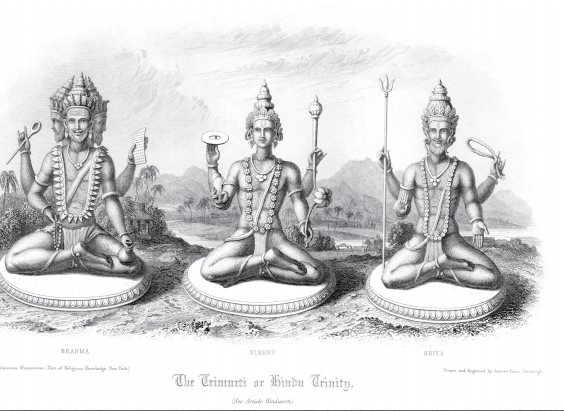
The Hindu Trimurti consists of the gods Brahma, Vishnu, and Shiva, who represent the forces of creation, preservation, and destruction.
T he stories of the Hindu deities help to teach its values and beliefs. Krishna is a popular god with many worshippers. He is an avatar of Vishnu. He is portrayed as a fat, happy baby. He likes to play harmless pranks. Krishna was raised by cow herders. As a young man, he played a flute to lure away the pretty milkmaids.
Another popular deity is the elephant-headed Ganesha. One story says that Ganesha was created out of clay by Parvati. Shiva beheaded him when he came between them. Shiva then replaced his head with that of an elephant. Hindus pray to Ganesha to remove obstacles in their lives.

